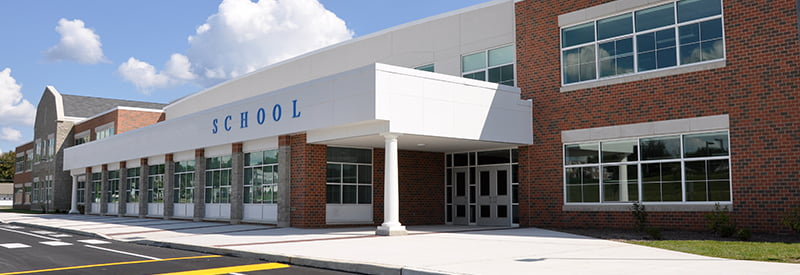179D Tax Deduction: Cash in Your Pocket

Through the 179D Tax Deduction, energy-efficient building improvements or new building construction may be eligible for a significant tax credit. Watch as SN’s Tom Moul outlines the details surrounding this powerful federal incentive, including the ideal candidates for this tax program.
Hello, today I would like to get the attention of those of you in the architecture and engineering world who do work in the public sector. By the public sector, I mean building construction design for Federal, State, or Local Governments.
If you’re doing this type of work, there is a very powerful tax-saving strategy available to you that you may or may not have heard of before. That deduction is the Energy Efficient Commercial Building Deduction, or as it’s more commonly known, by its internal revenue code number 179D.
What is the 179D Tax Deduction?
Well, what section 179D is all about is a reward for meeting certain federal energy standards in the construction of new buildings. If the building meets these standards in three elements, the building envelope, the heating and cooling system, or the lighting system, you can qualify for up to .60¢ per square foot per element. So, if you meet all three, that’s a $1.80 per square foot.
Generally, this deduction is reserved for the building owner rather than the designer, but in the case of governmental units who do not pay taxes, the Government has the ability to assign the deduction to you as the designer of record.
Think about how powerful that is. I’ll give you an example, if you design a 100,000-square-foot public library and you’re able to get that municipality to allocate the deduction to you – that’s a $180,000 deduction that you can take on your tax return with no further cash outlay other than the cost of having the study performed. A $180,000 deduction at the maximum federal tax rate of 39.6% saves you $72,000 on your tax return. That’s cash in your pocket for you!
Time is Running Out
There is some urgency to this deduction. By code, it expired December 31, 2016, meaning any projects completed following 12-31-16 are not currently eligible for the deduction. We think that Congress may renew the deduction and even make it retroactive, but we’re not sure of that just yet.
What we are sure of is that any projects you may have completed in 2014, 2015, or 2016 that you didn’t take advantage of this deduction would still be open for capturing the deduction and getting that cash back into your pocket.
If this applies to you, please give us a call, and we would be happy to provide you with a cost-free assessment of what your benefit may be. Tom focuses on how AE firms can lower tax burdens, identify differences between credits and deductions and maximize return on each, including 179D energy efficiency deduction, plus much more.


